Las Palmas de Gran Canaria, a city of contrasts
Planning a getaway to Gran Canaria? If you crave a blend of leisure, culture, tradition, and an array of unforgettable experiences, Las Palmas in Gran Canaria – the archipelago’s most cosmopolitan city – is a must-add to your itinerary. Continue reading to discover the captivating sights and activities awaiting you in the heart of Gran Canaria. Immerse yourself in the rich history of this vibrant city!
The origins of the city known as El Real de Las Palmas
The city of Las Palmas de Gran Canaria in Gran Canaria has a rich history, culture and tradition dating back more than 500 years. Enchanting spots abound – more than one of which is guaranteed to leave you speechless.
And thanks to its proximity to the Tropic of Cancer combined with the Atlantic trade winds, it boasts an average temperature of 17ºC in winter and 25ºC in summer. The perfect destination to enjoy the sun – all year round!
The city was formerly known as El Real de Las Palmas, as it was a military encampment for the Crown of Castile. The encampment was set up next to the estuary of the Guiniguada ravine, at the order of Captain Rejón. The earliest constructions, including the city’s inaugural church, took shape in the vicinity of what is now Plaza San Antón Abad. These significant milestones played a pivotal role in shaping the evolution of the Vegueta district, presently recognized as the historical heart of Las Palmas.
By the way, Christopher Columbus is said to have prayed in the former chapel on Plaza San Antón Abad in 1492 before embarking on his famous voyage of discovery.
Six years after the conquest of the island of Gran Canaria, the colonisation began along with the distribution of land. The first economic, demographic and urban boost kicked off in Las Palmas de Gran Canaria when cane and sugar production was introduced on the island. The city grew, eventually making a ‘jump’ over the Guiniguada ravine, where the new district of Triana emerged. The first port was built, known as the ‘Muelle de Las Palmas’ (Las Palmas Dock), where San Telmo Park now lies.
For a number of years the only officially recognised districts were Vegueta and Triana. Ramparts were built for the purposes of defending the settlement from the endless pirate attacks the city was subjected to in the fifteenth, sixteenth and seventeenth centuries. Having said that, the Castillo de la Luz (Castle of Light) remains the oldest fort on the whole island, built for the same reasons in 1494. This fortification rises up from the heart of La Isleta isthmus, between the port and Las Canteras beach.
Thanks to the cochineal industry and the construction of the Puerto de La Luz in 1883 – a watershed moment of modernisation – the city continued to grow, expanding as far as La Isleta bay.
Given its unrivalled strategic location between Africa, Europe and America, the port was traditionally used as a stopover and for the provisioning of ships on their passage through the Atlantic for centuries. It was declared a free port in 1852, resulting in the free movement of goods from the Canary Islands and further growth. Thus the economic, social and cultural transformation of the Gran Canaria capital began, giving rise to a new city in the early twentieth century.
In 1953, work commenced on filling and constructing the first major expansion towards the sea of the capital of Gran Canaria. The works clawed back 250,000 metres from the sea. Today, this is where the buildings along the streets Rafael Cabrera, Avenida Marítima and the bus station now stand.
Later, from the twentieth century onwards, the city began to develop as a tourist destination; hotels and apartments sprang up, and subsequently, tourists flocked from overseas.
Las Palmas de Gran Canaria is the capital of Las Palmas province, which according to the current Statute of Autonomy includes the administrative management of the islands of Gran Canaria, Fuerteventura and Lanzarote. It also acts as the capital of the Canary Islands, although the capital is shared between two cities: Santa Cruz de Tenerife and Las Palmas de Gran Canaria. Due to historical reasons and to promote political and economic balance between the eastern and western parts of the archipelago, the official residence of the Canary Islands’ President alternates between the two cities every four years.
Las Canteras beach, the lungs of the city
Las Canteras beach is considered one of the world’s finest urban beaches. A walk along the promenade, stretching three kilometres, is the choice destination for residents and tourists to go for a daily stroll and take in the stunning views.
The name “Las Canteras” (“the quarries”) refers to the reef known as “La Barra“, which was once used as a maritime quarry. Rocks were extracted to construct numerous buildings in the city including the iconic Santa Ana Cathedral.
Parallel to the shore, the sedimentary rock “La Barra” acts as a natural wave break, protecting the beach from the waves of the north. The beach used to be known as Arrecife (or ‘reef’ in English) beach in the past, because of the way La Barra emerges from the sea in a manner reminiscent of a coral reef.
Las Canteras beach is on the west side of the Guanarteme isthmus. This strip of dunes and sand used to connect the mountains of the La Isleta peninsula to the north-east, with the rest of the island of Gran Canaria. It’s the largest beach in the city, extending in a north-westerly direction to create an arc, known as ‘Confital’.
The beach started its transformation at the end of the nineteenth century; no longer a barren desert, it started to become populated following the growth of Puerto de La Luz. Buildings were erected, and the sand dune area was transformed and developed. Once mass tourism crashed onto the scene – mainly from France and the UK, building of the Las Canteras promenade began, it went on to become one of the main tourist attractions of the island.
The beach is a favourite for sports – above all the La Cícer area – a surfer’s paradise! An abundance of bars and restaurants line the length of the promenade. One of the most famous is La Quilla, a restaurant specialising in traditional Canary Island fare, located at Playa Chica, in the upper part of the promenade.
Vegueta, the first neighbourhood of the capital
No discussion of the city of Las Palmas de Gran Canaria would be complete without mention of Vegueta, the district where the city’s history originated. Here you’ll find quaint squares and little streets clustered around Santa Ana Cathedral, the City Hall and the Provincial Archive. Due to its great cultural and architectural significance Vegueta was declared a National Artistic Historic Site in 1973.
The origin of the 8 cast-iron dog statues in the square in front of Santa Ana Cathedral remains a mystery to this day. According to one version, Mayor Felipe Massieu accepted the sculptures as a gift from a French ship that stopped off on its way to South Africa. Another theory is that the dogs were a donation from James Miller, son of the British businessman Thomas Miller, who had settled in Las Palmas. The only thing that is agreed upon is that the Saint Ana Dogs have adorned the square since around 1895.
The Casa de Colón, a cultural institution, is also located in this beautiful neighbourhood. The museum is chock-full of history, telling of the adventures of Christopher Columbus before he departed for America. Entrance is free to visitors under the age of 18. It’s open from Monday to Friday from 10:00 until 18:00, and entrance is free on Sundays.
The Triana neighbourhood
Fancy a shopping spree? Triana district is just the place. The length of Calle Mayor is home to a blend of shops, restaurants, bars and ice-cream parlours.
The district was born after Vegueta expanded in the fifteenth century. Its charming streets are lined with well-preserved buildings that showcase a blend of architectural styles, including Canarian, neoclassical, and colonial influences.
Canarian novelist and playwright Benito Pérez Galdós – one of the most representative Spanish realism authors was born behind Calle Triana, on Cano Street in 1843. His family home is now the setting of the Casa-Museo Pérez Galdós, boasting preserved pieces and a large documentary archive of his legacy.
However you can find more tributs to Pérez Galdós in Vegueta and Triana. From statues and streets to significant buildings like the Pérez Galdós theatre, as well as a dedicated “literary walk”, with his most renowned quotes immortalised on bronze plaques and stone slabs.
A popular place for socialising is the Plaza de Hurtado de Mendoza in Triana, better known as Plaza de Las Ranas (“Frogs’ Square”). It made global headlines in 2022 when Jennifer López y Ben Affleck enjoyed an ice cream in front of the picturesque fountain. However, a historically and architecturally interesting feature on this square is the Biblioteca Insular (Islands Library)
The original building dates back to 1898. In an eclectic architectural style, the building has been used for various purposes over the years, with roles including Chamber of Trade and a bank. The Gran Canaria Council restored the building in 1986, charging architect José Luis Gago to convert it into the Island Library, which opened its doors in 1991.
Parque de San Telmo is another popular meeting point in the neighbourhood. The park was home to the city’s northern wall and site of the first port. The maritime heritage is reflected in the fact that the Brotherhood of San Telmo Seafarers was formed on this site and that the park was named after San Telmo, the Catholic priest who is considered the patron saint of sailors. Back then, they believed that the saint would appear before sailors in the form of a fire high up on the mast on stormy nights…
Inside the small park, the Art Deco style kiosk, is a particular highlight. Designed by Rafael Massanet y Faus in 1923, it’s now a lovely outdoor café. Boasting a large play area, located in front of the steps to the bus station, it’s also the perfect spot for families.
Activities for the whole family
Las Palmas de Gran Canaria is a fantastic destination for families with children, providing a range of activities and attractions suitable for all ages
One of them is the Poema del Mar, an impressive aquarium featuring a variety of sea creatures, interactive exhibits, and a large underwater tunnel. It’s located in the city’s port, and is most famous for having the world’s largest curved perspex glass. Gazing through the window, you can see more than 350 marine species from every continent. General entrance costs 18.50 euros, and it’s open Monday to Sunday, from 9:30 till 17:30. Canary Island residents can get a reduced ticket, costing 13 euros.
If you fancy exploring the city, there’s no better way than aboard a double-decker sightseeing bus. You can simply sit back, listen to the audio-guide and soak up the beauty of this wonderful city. The cheapest ticket is 25 euros per person and includes stops near the most important sights as well as free entry to the Pérez Galdós Museum.
How about losing yourself in the Canary Island flora and fauna? The Botanical Garden of Gran Canaria, known as Jardín Botánico Viera y Clavijo, is located in Tafira Alta, a suburb of Las Palmas de Gran Canaria. It’s without a shadow of a doubt, the best place to immerse yourself in the local plant species. A vast 27 hectares of 500 native plant species, some of which are in danger of extinction. You can visit free of charge, but you do need to book in advance should you opt for a guided tour, using the registration form.
As the sun sets over the Atlantic horizon, Las Palmas de Gran Canaria reveals itself as a city that seamlessly blends its historical roots with modern vibrancy. From cultural landmarks to sun-soaked beaches, this captivating capital invites you to explore, unwind, and create cherished memories in a setting where every moment is a celebration of life.
Categories: Canaries, Gran Canaria, Be inspired


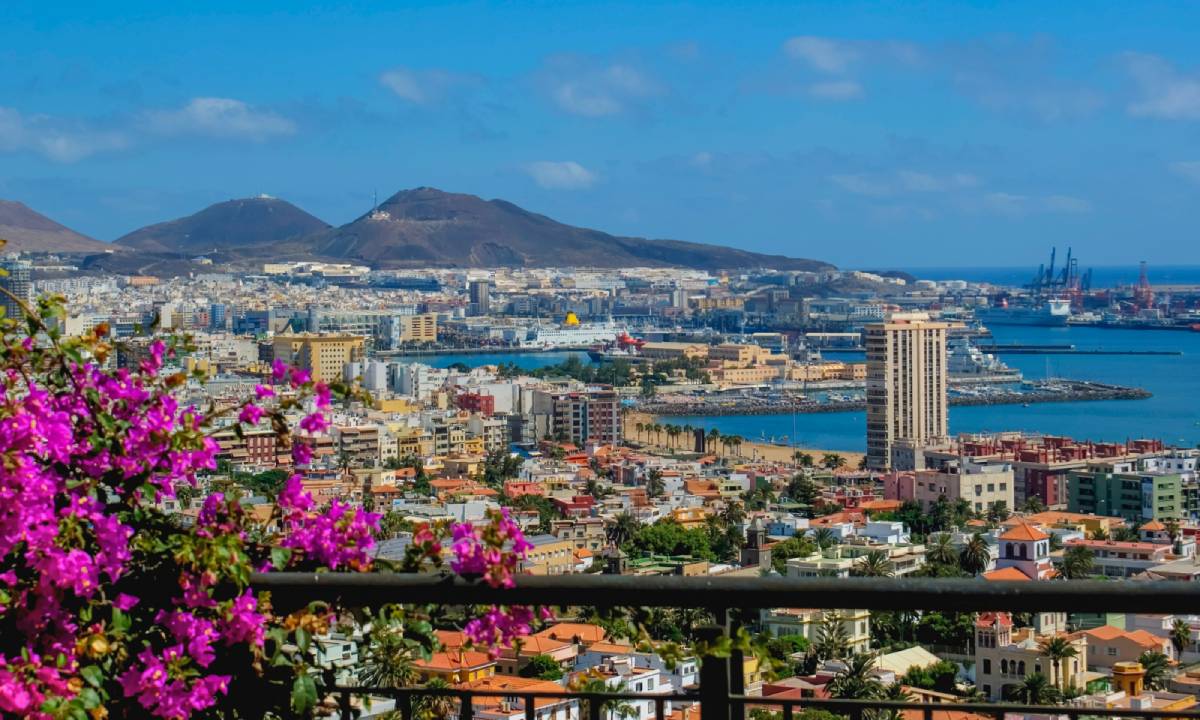
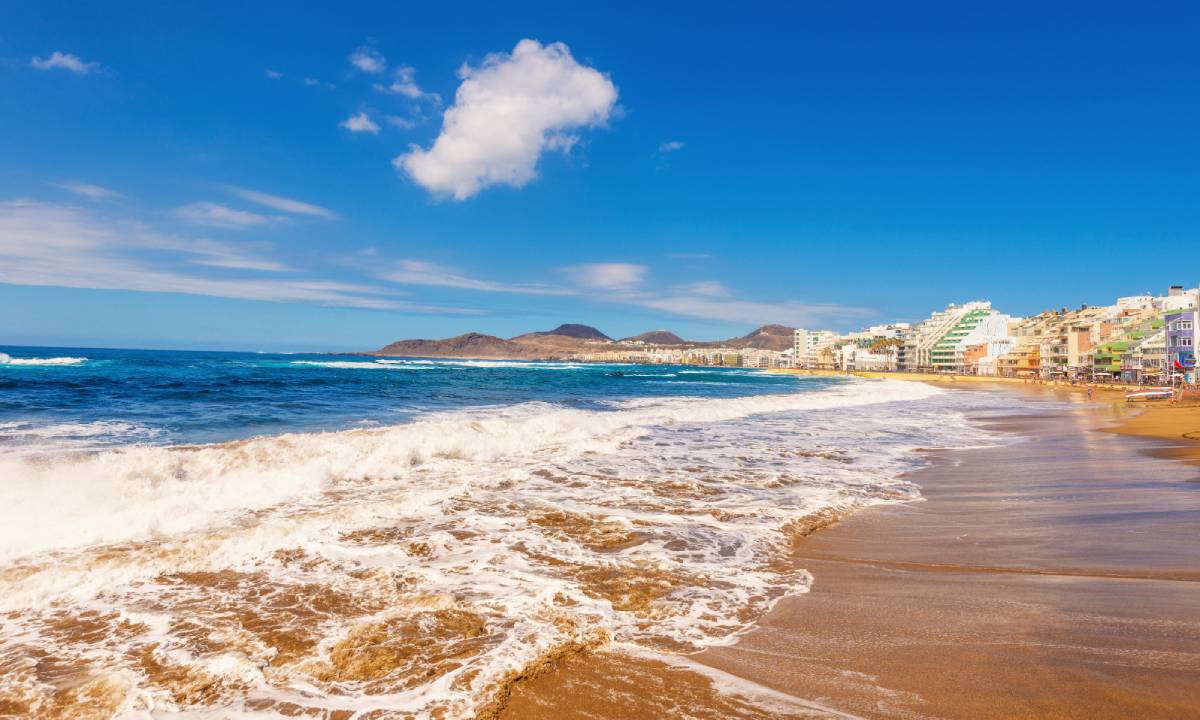
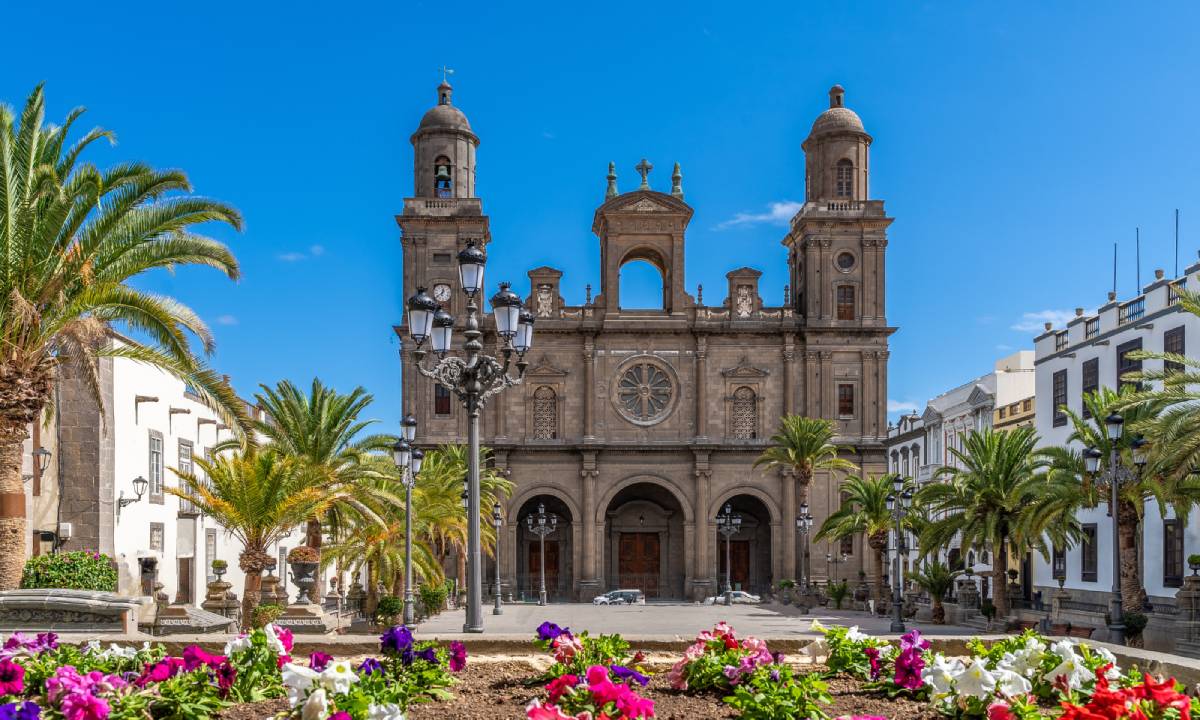
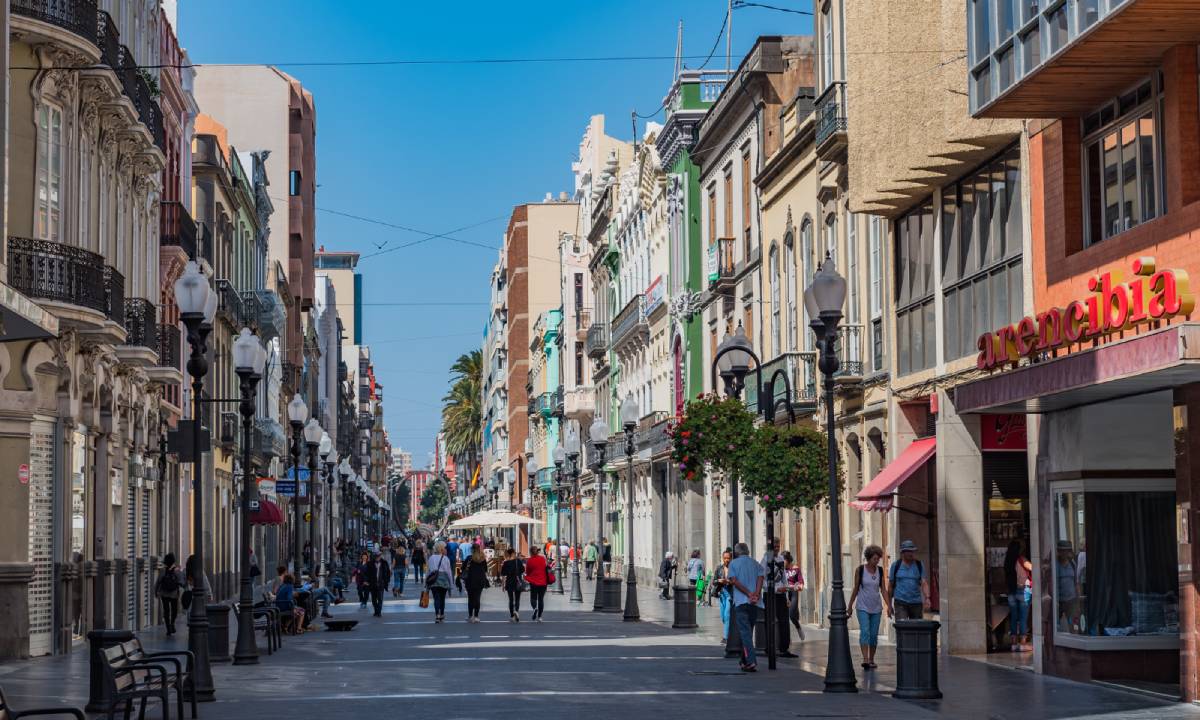
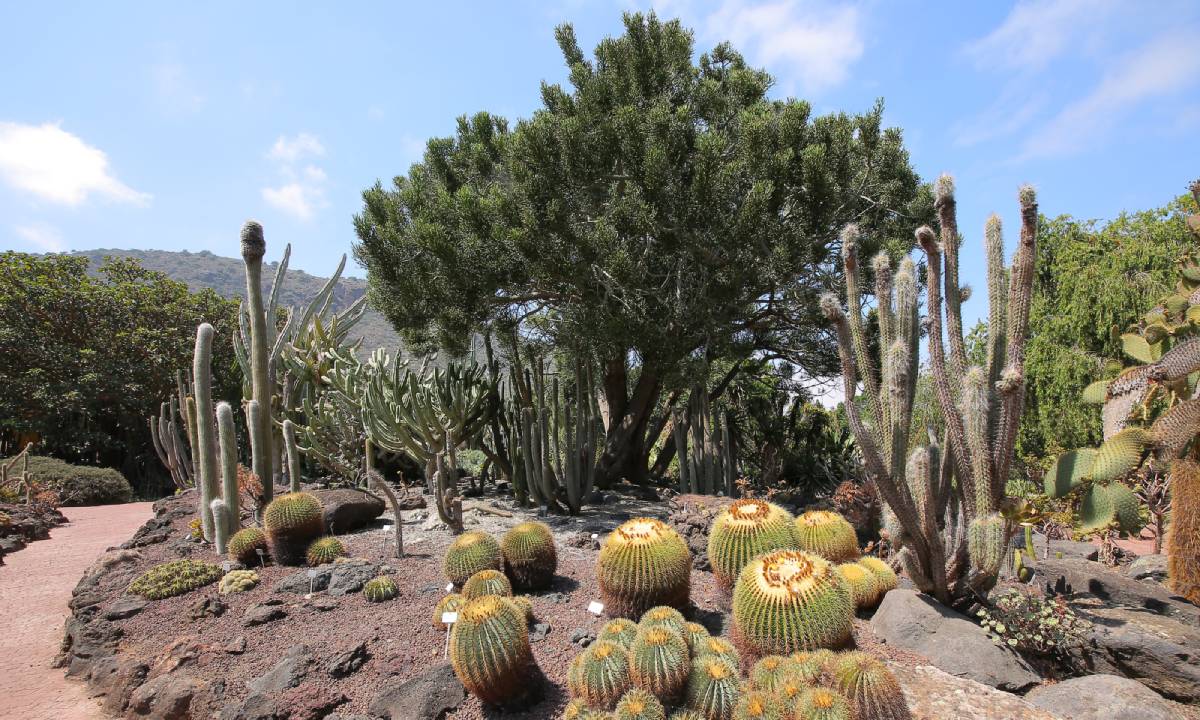

Leave a Comment